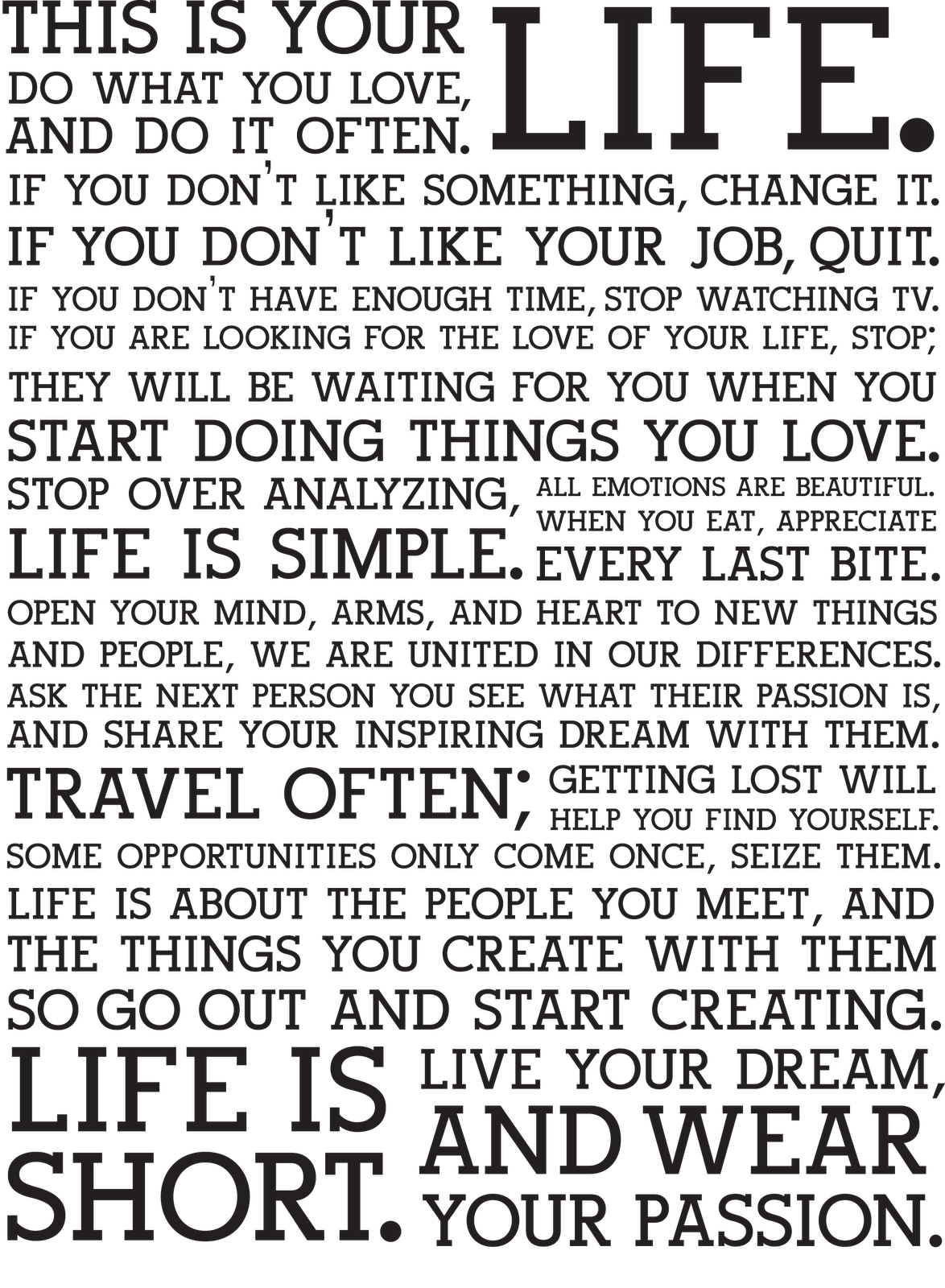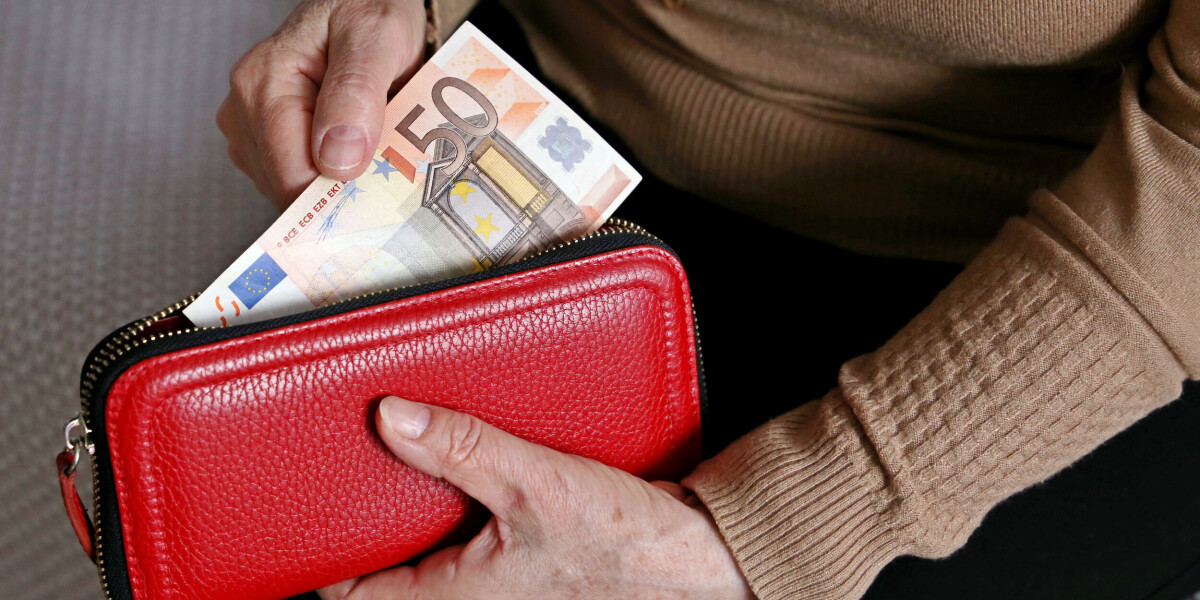
- Select a language for the TTS:
- UK English Female
- UK English Male
- US English Female
- US English Male
- Australian Female
- Australian Male
- Language selected: (auto detect) - EN
Play all audios:
On 9 March I was in Paris covering the 13th weekly protest of the gilets jaunes, or yellow vest, movement. It was one of the more eventful days of my life. I saw rioters smashing bank
windows, and lighting fires in the street. A security van was torched near the base of the Eiffel Tower. For the first time in my life I was tear gassed, and can honestly say I’m not a fan.
I saw one man injured outside the French Parliament building. I didn’t realise it at the time, but he’d lost four fingers after picking up a police flash-bang grenade which then detonated in
his hands. Truthfully, though, I never felt as scared as on Saturday, when I was in Westminster watching the anti-Brexit ‘People’s Vote’ march. I was near the bottom of Whitehall, the end
closest to Parliament, when it happened. I had decided to head down the street to Trafalgar Square to film the march. Foolishly, though, I left it late, and attempted to make my way down the
street after the head of the march had already reached Parliament Square. The street was rammed. Every square inch seemed packed with human flesh. Still I, along with a surprising number of
other people, persisted. Before long our crawl along the pavement ceased, and we were stuck. As the pressure built the crowd seemed to take on a life of its own. Losing all control of
direction, we went where it went. Before long we were back at our starting point, utterly defeated. The Spartans at Thermopylae we were not. According to the organisers one million people
took part in the march. I have no idea if this figure was accurate. But it was huge. Almost certainly the largest protest I’ve ever witnessed. At around 6pm I spoke to people just arriving
in Trafalgar Square, five hours after the first demonstrators departed from Park Lane. Many of the marchers had clearly put in a lot of effort. Rarely does a British protest contain such a
proportion of hand produced placards. The small far-left parties, which tend to subdue London protests with identikit posters, were noticeable only by their absence. The march, invariably,
attracted a level of reverse snobbery. Jests about how empty Waitrose carparks must be, or how it was a great day for those outside London to guarantee themselves a table at Pret a Manger.
Certainly there was no shortage of the middle-class and middle-aged on the demo, some looking more than a little bemused to find themselves at a protest. But it was far broader than that.
There was, for example, a noticeable trade union presence. Age wise, it was a true cross-section of society. The final sections of the march were dominated by the youth, with students
damning the Tory right while swigging from cans of beer. Notably, though, this was an army lacking in generals. A movement of uncertain leadership ripe for the plucking. No one politician or
party felt predominant, nor did any speaker truly establish themselves as the crowd’s champion. Michael Heseltine gave a strong speech, but of course, he is not the future of British
politics. Nicola Sturgeon was also warmly received (somewhat ironically, given her nationalist movement has a certain amount in common with Brexit), but there is a clear geographical limit
on her support. Tom Watson, surely the speaker who attracted most fanfare, felt a little underwhelming when he came to deliver his address. During the 2000s and early 2010s it was
fashionable to ignore or underplay the mass street assemblies of the period, most notably from the anti-war and anti-cuts movements. Sure, they could consistently attract many thousands to
rallies in Whitehall or Hyde Park, but electorally it was a dead end. The left leaning marchers could still be relied upon to continue depositing their votes with Labour, or the Liberal
Democrats at the absolute worst. In a first past the post electoral system, it was assumed, they had nowhere else to go. Time has revealed this view as folly. The anti-war and anti-cuts
movements provided the building blocks for the hard-left takeover of the Labour Party. Some of those who offered their time and services most willingly, the likes of Jeremy Corbyn and Diane
Abbott, are one heave from ruling a nation. Street protest has traditionally been the tool, more often than not, of those who feel underrepresented by Parliamentary democracy. For much of my
lifetime this meant, disproportionately, the hard-left and far-right. The extreme right, still a total failure electorally, remains as fond of street action as ever. But the centre and
centre-left, ruthlessly shoved from power within the Labour Party, have increasingly adopted the tactic while the radical left focuses on Parliament. The revolutionaries have become the
election focused party leaders, and the former establishment have become the outsiders desperate for attention. None of this indicates that the Independent Group, or whatever the new
centrist bloc of MPs decide to call themselves when they finally register a party, are destined for success. But the mass anti-Brexit movement represents an opportunity. There is an army of
people out there, who feel passionate about politics and are poorly represented by the current party leaders. Combine this with effective leadership and discipline, no easy task to be sure,
and you have all the requisite ingredients for a political revolution.





